At the time when Warli artist and Padma Shree awardee Jivya Soma Mashe was being recognised internationally for his talents, his tribe back home was facing a threat to loose their traditional housing and means of livelihood. Industrial forces striving to modernise rural areas intruded upon tribal land in the name of infrastructural advancement. Warli activists started advocating for formal education within their community to combat this state-enforced dispossession. It was evident that something needed to be done; and while efforts were certainly being made at home, help also arrived from overseas.
In 2013, Warli artist Rajesh Vangad- brother of Anil Vangad and host of our Warli Masterclass got in touch with Wall Art Project, a Japanese non-profit organisation. The Tokyo-based group had previously masterminded the Wall Art Festival in Bihar, and was known for bringing education to rural spaces through the medium of art. Conversations about sustainable housing, education and artistry led to the conception of the Noco project in Ganjad village in 2015. Intercultural influences mingled, culminating in the innovative construction of a traditional Warli hut coupled with Japanese interior design.
The creative project was a success, following which the Japanese artists decided to further support the village. They provided infrastructural support by participating in and supporting the building of traditional huts made of cow dung and bamboo sticks to counter the rapid tide of urbanisation. After Noco, there was renewed vigour in the efforts made to promote sustainable livelihoods through organic farming, bee farming and off-season vegetable farming. The intercultural hut, of course, was the seed of inspiration which bore fruit in the form of a flurry of enterprising ideas. From 2013 to 2017, continuous projects of this nature took place in Ganjad and after years of working harmoniously with the people of the village, the Wall Art Project finally took a hiatus from the Warli landscape.
The marrying of the two cultures was a fount of nourishment for both nations, replenishing and reconfiguring preconceived notions of creation. Warli artists, especially the Vayedas, have remained in close contact with the art scene in Japan. The duo’s book titled The Deep features a mural of fish swimming in the ocean surrounding Awashima Island. Owing to their locational history as a jungle and riverine community, coastal motifs are usually absent from Warli art. Upon being asked about this creative license, Mayur Vayeda draws our attention to how Warli art is not only a means of decoration but one of communication. The tribe speaks the Varli language which has no script and therefore, Warli art itself becomes a script used to describe the world around us. Just as Warli artists of yore used the style to document their world, The Deep features depictions of the oceanic landscape that the brothers observed in their travels around Japan.
Having experienced both sides of the cultural exchange, Mayur Vayeda told us about why Japan continues to take such an interest in Indian folk art. He said, “There is no proper platform for folk art in India. People bargain with tribal artists and prioritise decor over creation. In Japan, people miss what they lost 40-50 years ago. They think we still have that.”
Japan’s support of folk art affirms the need for the same respect to be honed in India. At present, the Vayedas are working on an exhibition with the people from Wall Art Project. “We are trying to document oral tradition,” says Mayur. “Due to too much commercialisation, not enough sharing between previous and present generations is happening. But ancestral knowledge should be passed on.”
The Noco project, too, revealed the reservoir of traditional wisdom that lies at the heart of tribal communities - wisdom that finds creative translation in folk art, a form that rapid urbanisation is rendering extinct by the hour. Support from Japan reinvigorated the Warli art form in 2013. In times of need in the future, let us hope that the art scene in India opens its eyes to the limitless disposition of folk art traditions.













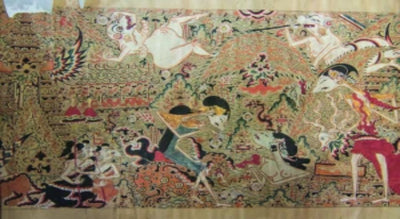
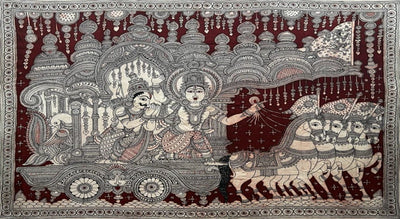

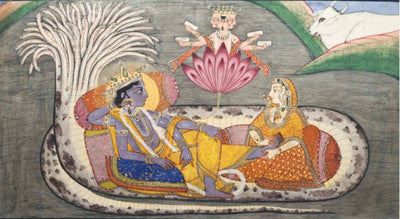

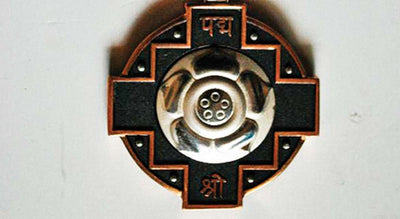
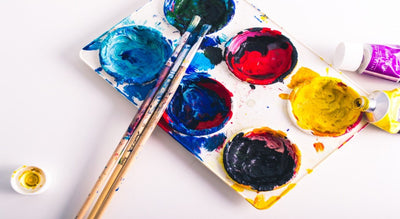
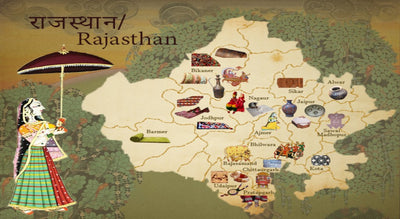
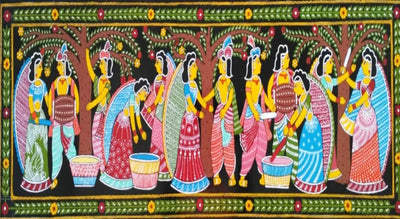
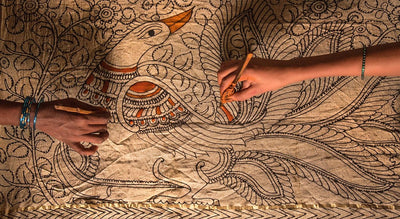
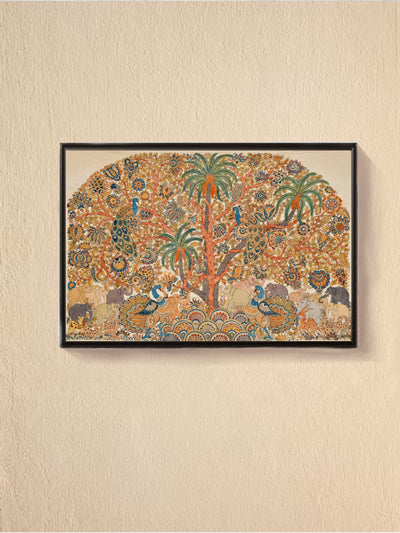







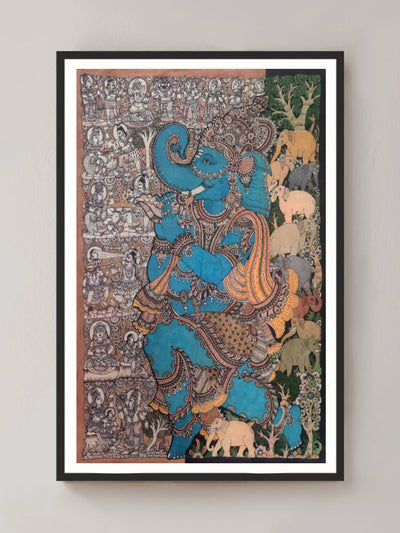








0 comments